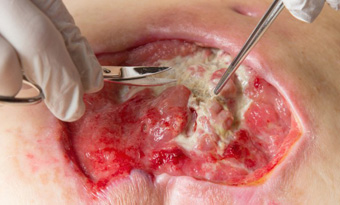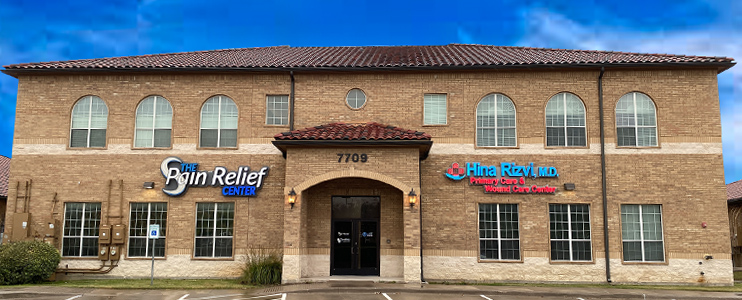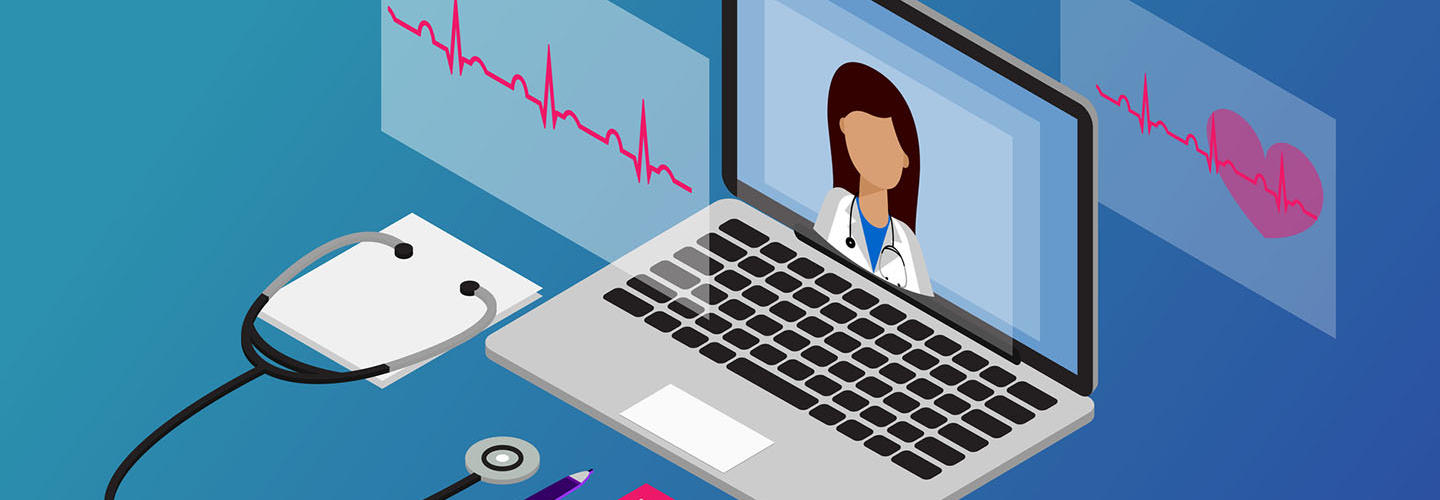Skip to content
Pressure Ulcers Or Bed Sores Wound Treatment Advanced Wound Care Plano TX – Dr. Hina Rizvi M.D, C.W.Sadmin2021-11-18T18:00:37+00:00
Pressure Ulcers Or Bed Sores
- Pressures sores are areas of damage to your skin and the tissue under your skin caused by pressure. This can happen from sitting or lying in the same position for a very long time. They are also called Pressure ulcers”, ‘’decubitus wounds” and “bed sores”.
 In the initial stage, the sore looks like a red patch of skin . If it gets worse, the skin breaks and the sore looks like a reddish-pink, shallow crater which can worsen to form deeper craters.
In the initial stage, the sore looks like a red patch of skin . If it gets worse, the skin breaks and the sore looks like a reddish-pink, shallow crater which can worsen to form deeper craters.- Some sores look like a blister and can burst. Some severe pressure sores are so deep, you can see muscle or bone.
- Pressure sores are most common in people who are older, cannot move or shift around easily because of a medical problem, those who have decreased or no sensations due to medical problems, those who are in a hospital or nursing home
- Pressure sores be prevented turning your body at least every 2 hours (for example, from your back, to one side, then the other side), lying with your upper body raised at a slight angle when you lie on your side. This puts less pressure on your hip bone, placing pillows or foam wedges between your ankles and knees.
- Using a special mattress or a pad that goes on top of your mattress might also help. These mattresses or pads can be made of gel, foam, air, or water. There are also special devices that automatically adjust the surface to help relieve pressure when you lie down.

- If you are in a wheelchair, you can lower your chances of pressure sores by doing wheelchair “pushups” by using your arms to raise off the seat. Try to do this at least once every hour. You can also tilt your body forward or to the side so your bottom lifts off the seat at least once every hour. You can also use a special seat cushion filled with air, gel, or foam.
- Taking good care of your skin is also important for preventing pressure sores.
- Help keep your skin as healthy as possible and check your skin regularly for signs of pressure sores. Also try another person check areas that you cannot see.
- Clean your skin regularly with mild soap. Avoid any cytotoxic agents or chemicals that may harm your skin.
- Avoid using very hot water to wash your skin.
Use a moisturizing cream. This will help keep your skin from getting dry and flaky.
- See your doctor or wound specialist right away if you see or feel any areas where the surface of the skin is broken.
- Your doctor will give you medicine to relieve pain and treat infection if it is present. They can also give you special dressings and medications to help the sores heal.
- Some people need surgery, debridements or other treatments to remove infected or dead tissue in the sore.
- Your doctor can also talk to you about any problems that might have caused your pressure sore. He or she might suggest changes to help keep you from getting pressure sores in the future.
Page load link
 In the initial stage, the sore looks like a red patch of skin . If it gets worse, the skin breaks and the sore looks like a reddish-pink, shallow crater which can worsen to form deeper craters.
In the initial stage, the sore looks like a red patch of skin . If it gets worse, the skin breaks and the sore looks like a reddish-pink, shallow crater which can worsen to form deeper craters.


